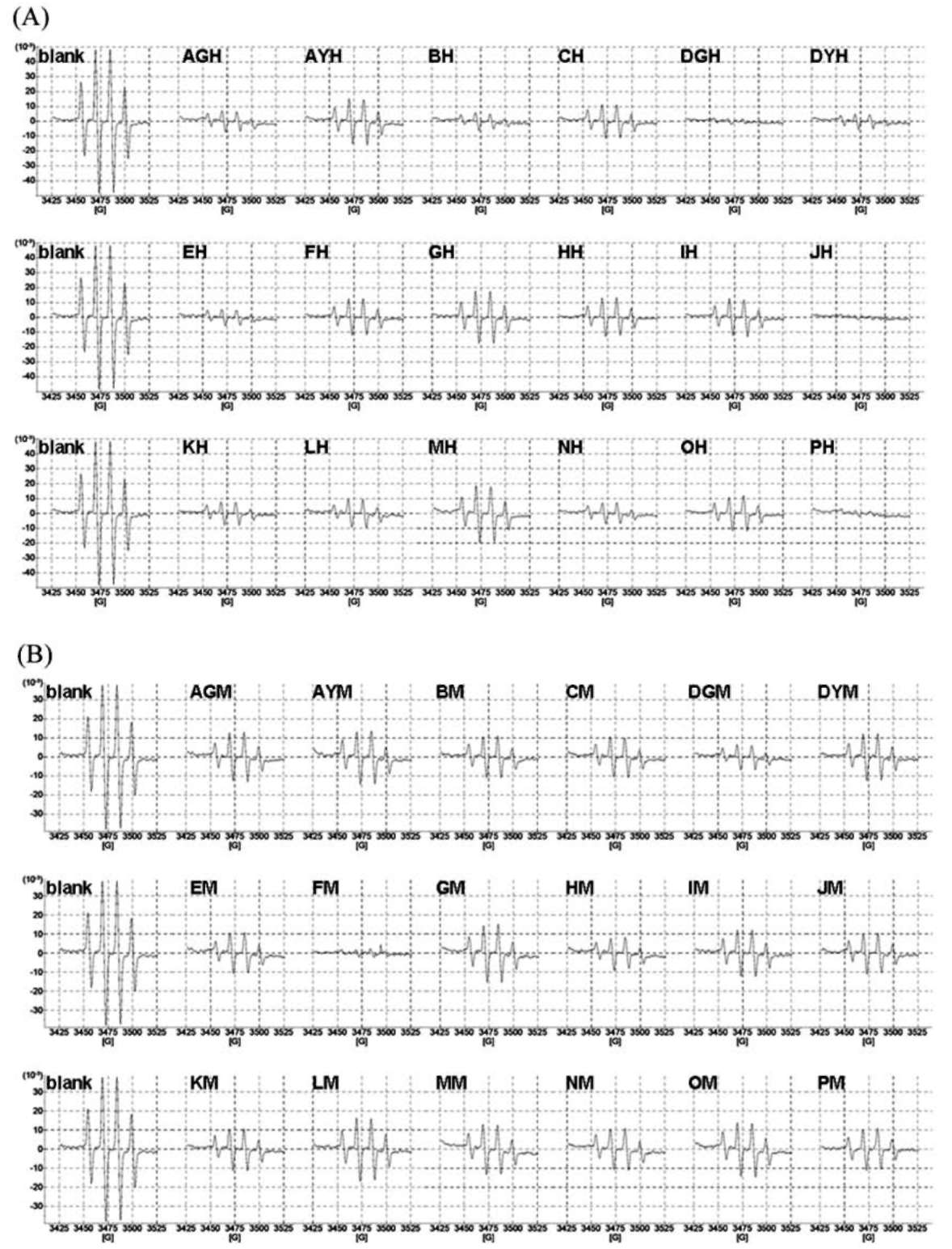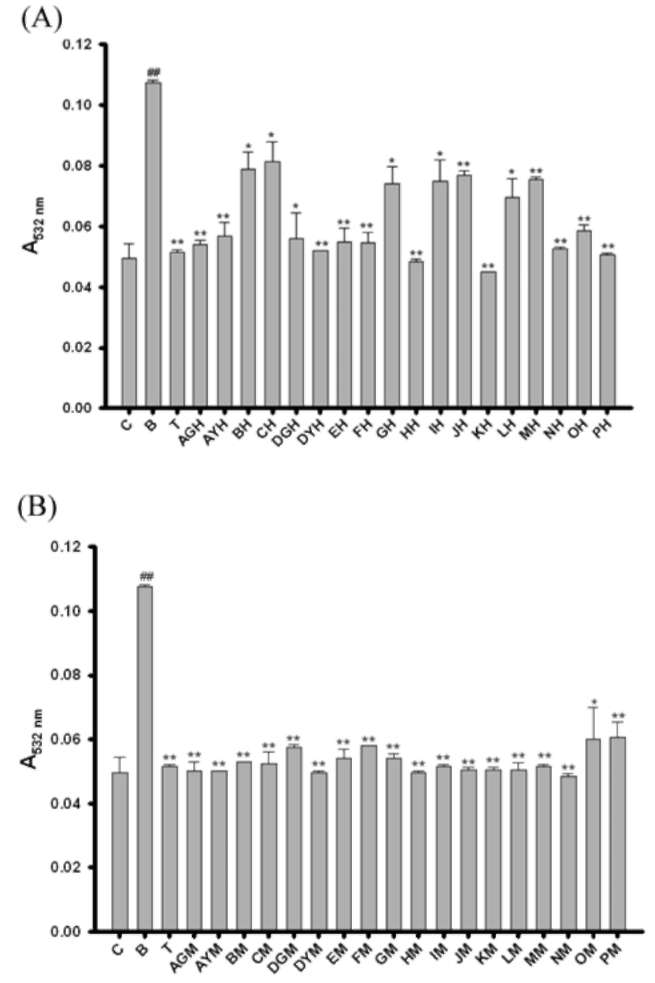Esterbauer, H., R.J. Schaur, and H. Zollner. 1991. Chemistry and biochemistry of 4-hydroxynonenal, malonaldehyde and related aldehydes. Free Rad. Biol. Med. 11: 81-128.
Gey, K.F. 1990. The antioxidant hypothesis of cardiovascular disease: epidemiology and mechanisms. Biochem. Soc.
Trans. 18: 1041-1045.
Grover, J.K. and S.P. Yadav. 2004. Pharmacological actions and potential uses of Momordica charantia: a review. J. Ethnopharmacol. 93: 123-132.
Halliwell, B. 1999. Food-derived antioxidants. Evaluation their importance in food and in vivo. Food Sci. Agric. Chem. 1:
67-109.
Harman, D. 1995. Role of antioxidant nutrients in aging: overview. Age 18: 51-62.
Hou, W.C., F.L. Hsu, and M.H. Lee. 2002. Yam (Dioscorea
batatas Decne) tuber mucilage exhibited antioxidant activities in vitro. Planta Med. 68: 1072-1076.
Hu, C. and D.D. Kitts. 2000. Studies on the antioxidant activity of Echinaceae root extract. J. Agric. Food Chem. 48: 14661472.
Kar, A., B.K. Choudhary, and N.G. Bandyopadhyay. 2003.
Comparative evaluation of hypoglycaemic activity of some Indian medicinal plants in alloxan diabetic rats. J. Ethnop-
harmacol. 84: 105-108.
Kobori, M., H. Nakayama, K. Fukushima, M. Ohnishi-Kameya-ma, H. Ono, T. Fukushima, Y. Akimoto, S. Masumoto, C.
Yukizaki, Y. Hoshi, T. Deguchi, and M. Yoshida. 2008. Bitter gourd suppresses lipopolysaccharide-induced inflammatory responses. J. Agric. Food Chem. 56: 4004-4011.
Kohno, M., M. Yamada, K. Mitsuta, Y. Mizuta, and T. Yo-shikawa. 1991. Spin-trapping studies on the reaction of iron complexes with peroxides and the effects of water-soluble antioxidants. Bull. Chem. Soci. Japan 64: 1447-1453.
Kubola, J. and S. Siriamornpun. 2008. Phenolic contents and antioxidant activities of bitter gourd (Momordica charantia L.) leaf, stem and fruit fraction extracts in vitro. Food
Chem. 110: 881-890. Lee-Huang, S., P.L. Huang, P.L. Nara, H.C. Chen, H.F. Kung, P.
Huang, H.I. Huang, and P.L. Huang. 1990. MAP-30: a new inhibitor of HIV-1 infection and replication. FEBS Lett.
272: 12-18.
Lee-Huang, S., P.L. Huang, H.C. Chen, P.L. Huang, A. Bourinbaiar, H.I. Huang, and H.F. Kung. 1995. Anti-HIV
and anti-tumor activities of recombinant MAP30 from bitter melon. Gene 61: 151-156.
Lii, C.K., H.W. Chen, W.T. Yun, and K.L. Liu. 2009. Suppres-
sive effects of wild bitter gourd (Momordica charantia Linn. var. abbreviata Ser.) fruit extracts on inflammatory responses in RAW 264.7 macrophages. J. Ethnopharmacol.
122: 227-233.
Lin, S.Y., C.C. Wang, Y.L. Lu, W.C. Wu, and W.C. Hou. 2008.
Antioxidant, anti-semicarbazide-sensitive amine oxidase, and anti-hypertensive activities of geraniin isolated from Phyllanthus urinaria. Food Chem. Toxicol. 46: 2485-2492.

